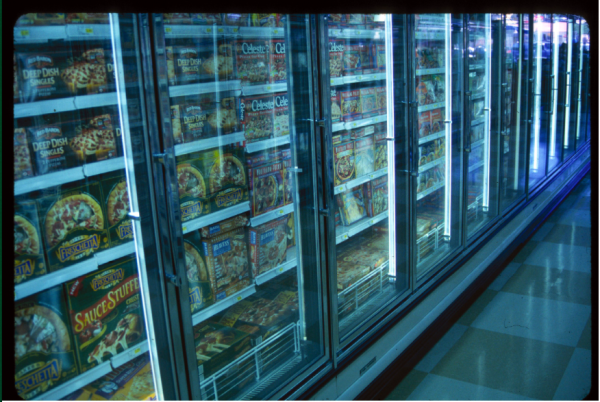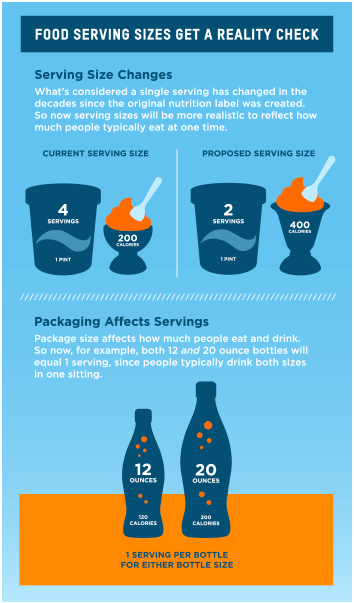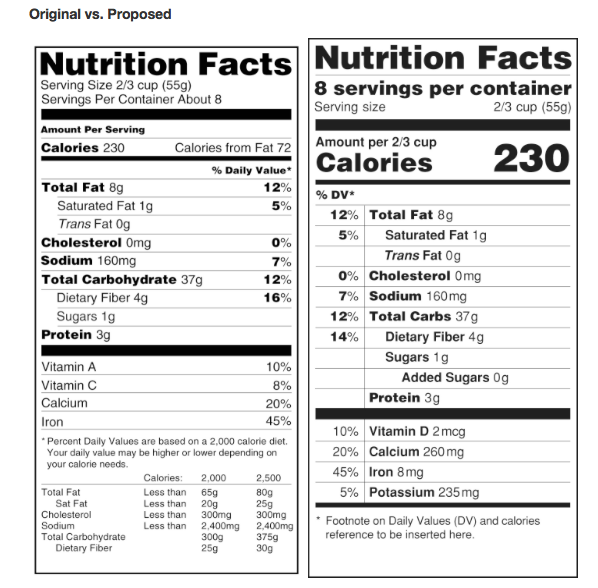How costly can an improperly labeled product be? Just ask the makers of Beck’s beer.
The company this week was ordered to pay a $20 million settlement to American beer drinkers who were under the impression the beer was still a German import when, in fact, the beer is now bottled in St. Louis, Missouri.
The company was ordered to pay the settlement over deceptive packaging.
The lawsuit was filed in 2013 by Beck’s drinkers who noticed the beer’s label was somewhat ambiguous. While there was no “Made in the U.S.A.” on the label, the packaging stated that the beer was brewed in St. Louis.
Instead, the label boldly emphasized the beer’s “German Quality,” and stated that the beer was made under the “German Purity Law of 1516” and originated in Bremen, Germany.
Supports of the lawsuit said they’re paying an import price on a domestic beer.
According to ABC News, “There was some U.S.-made language on the packaging and bottles, but it was difficult to find. For example, a Beck’s drinker had to turn a 12-pack upside down to find the country of origin on the box’s bottom. Still, U.S. regulators approved the designs.”
Anheuser-Busch InBev purchased Beck’s in 2002– until then, the beer had been brewed in the Beck’s brewery since 1873. Because of cost, after purchasing Beck’s, Anheuser-Busch moved the brewing for the beer to the U.S. in 2012.
Anheuser-Busch tried to have the lawsuit thrown out; however, the company ultimately agreed to settle and denied any wrongdoing.
“We reached a compromise in the Beck’s labeling case,” said Jorn Socquet, Anheuser-Busch vice president for marketing. “We believe our labeling, packaging and marketing of Beck’s has always been truthful, transparent and in compliance with all legal requirements.”
Every household that purchased Beck’s is eligible for a settlement payment. The settlement payments do not apply to those who purchased Beck’s at bars or restaurants.
Ultimately, this case sends a clear message to companies: consumers are reading your labels and they’re holding you accountable for the claims your labels make.
Make sure your labels are transparent, accurate and honest.




![[INFOGRAPHIC]: The 10 Commandments of Typography [INFOGRAPHIC]: The 10 Commandments of Typography](http://www.designmantic.com/blog/wp-content/uploads/2014/04/font-infography.jpg)